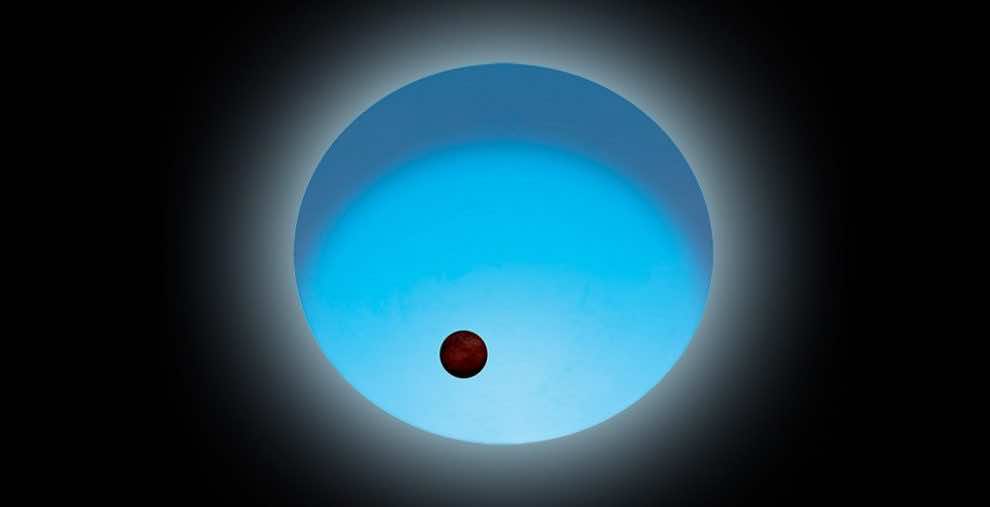Astronomers have looked into the atmosphere of one of the most extreme exoplanets ever discovered. Astronomers have targeted the exoplanet WASP-189b for which they have been able to examine the atmospheric layers, each with its unique characteristics including its chemical compositions.
Astronomer Jens Hoeijmakers of Lund University in Sweden, says, “In the past, astronomers often assumed that the atmospheres of exoplanets exist as a uniform layer and try to understand it as such.” “But our results demonstrate that even the atmospheres of intensely irradiated giant gas planets have complex three-dimensional structures.”

Such extreme exoplanets are gas giants like Jupiter, but on extremely close orbits with their host stars, whizzing around in less than 10 days.
Researchers don’t know the reason behind such nature of exoplanets. According to their current models of planetary formation, a gas giant can’t form that close to its star because the radiation, gravity, and intense stellar winds keep the gas from stamping together.
The most extreme planets include the WASP-189b, about 322 light-years away. It is about 1.6 times the size of Jupiter and orbits its star on a breakneck 2.7-day period. Surface temperatures of WASP-189b reach up to 3,200 degrees Celsius, making the planet hotter than some stars. It is one of the brightest transiting exoplanets.

Astronomer Bibiana Prinoth explains, “We measured the light coming from the planet’s host star and passing through the planet’s atmosphere.” WASP-189b’s atmosphere is drifting with clouds of gaseous iron, titanium, chromium, magnesium, and manganese. Researchers have also found traces of titanium oxide, which according to them have never been detected in an exoplanetary atmosphere before.
Elements in space are detected spectrally. The detected light is split into the full spectrum, and brighter or darker lines are taken. These indicate that something is either absorbing or amplifying those wavelengths, which are called emission or absorption lines. The absorption lines from WASP-189b were not quite where the researchers expected them to be.
According to scientists, research is still having the relevance to the search for life. It represents a new milestone in determining exoplanetary atmospheres. which is where they would likely spot the signs of alien life. “I am often asked if I think my research is relevant to the search for life elsewhere in the Universe. My answer is always yes. This type of study is the first step in this search,” Prinoth said.


